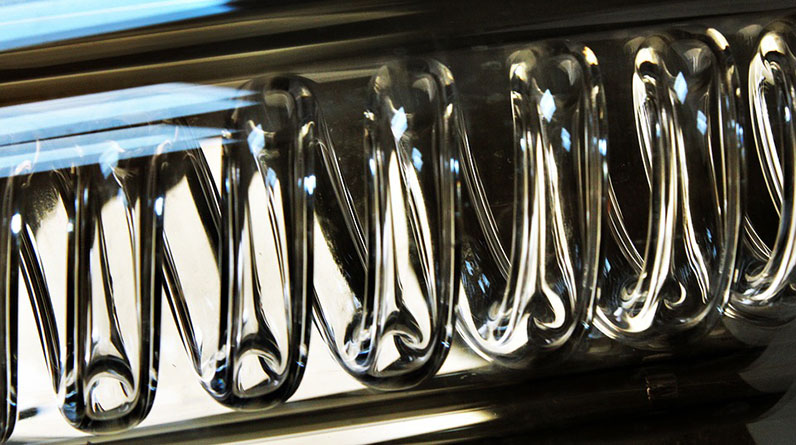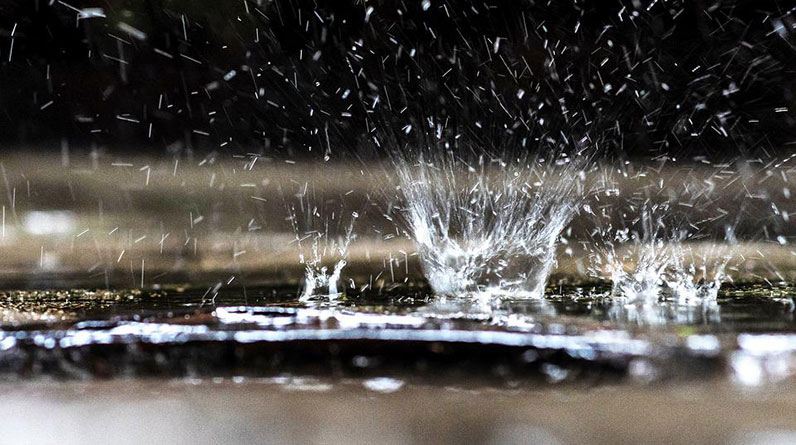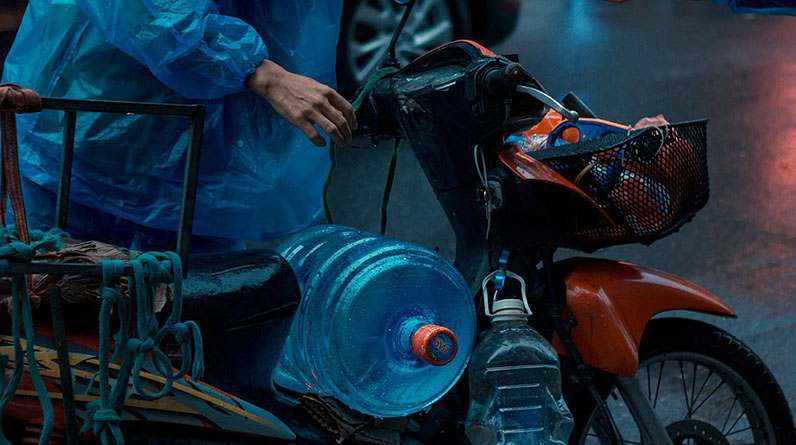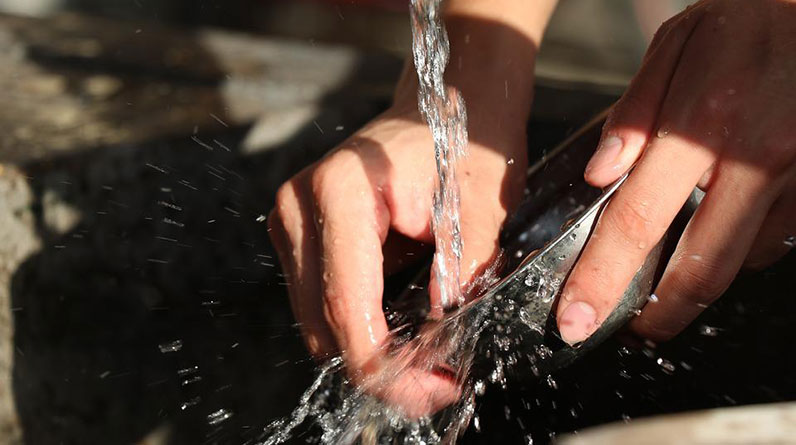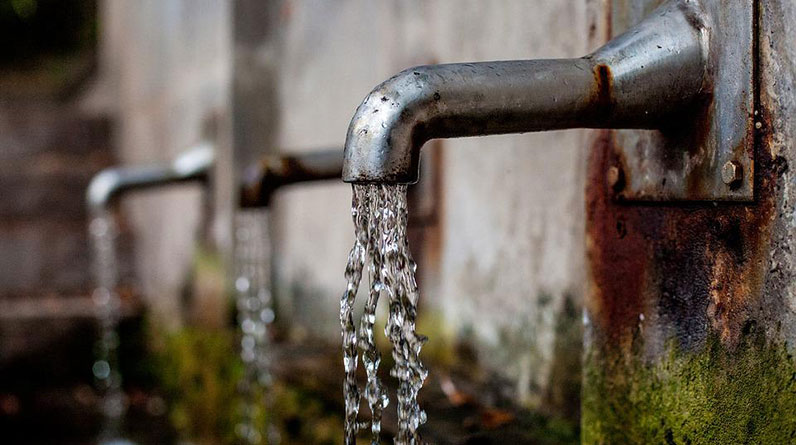
Dangers Associated With Water Availability
Water is essential for life. It enables us to thrive and survive by quenching our thirst and keeping us hydrated. However, water also has its limitations.
If you don’t have access to water or if you can’t get to a safe source of water, you need to know what the dangers are associated with not having enough water or the lack of clean drinking water that could have serious health implications.
Without sufficient amounts of clean water, disease outbreak is imminent. If the existing supply is contaminated, it can spread like wildfire and cause further issues in areas where there isn’t enough available clean drinking water.
Let’s take a look at some of the biggest dangers associated with the lack of available fresh water…
Dangers of Unavailable Water
When we run out of available water, a few specific dangers arise. The first is a lack of drinking water. We may have enough water to shower and clean, but have no source to drink out of. This can lead to dehydration and therefore loss of essential nutrients in the body. Disease can also be an issue. When water is contaminated and isn’t being filtered, treated, or sanitized correctly, disease can spread like wildfire. This can be especially dangerous when you have a lot of people living in a small area without anywhere to go to get clean water. Diseases like cholera, dysentery, typhoid, and hepatitis can all be spread through water that isn’t being managed properly. These diseases can be fatal, especially if there aren’t facilities available to treat the water.
Food Safety Concerns
As we mentioned above, when water is contaminated, it can wreak havoc on the health of people in an area. Water is also used to grow crops, so if it isn’t available, food production is halted. If water isn’t available for crops, then it isn’t available for animals to drink, or for people to consume. This can lead to food shortages, food price increases, and even food shortages. When we lack enough water to produce crops, we also lack the ability to produce food. This means that we have to import food from other areas that may have been affected by lack of available water themselves. This can lead to major food price increases, and may even lead to food shortages. When food prices are high, people can’t afford it. This can lead to malnutrition and starvation, which can be just as deadly as contaminated water.
Disease Outbreaks
When water is contaminated, disease is always a concern. Not only can contaminated water be dangerous at the time, but it can also be dangerous for the future. Toilets are usually the main source of contamination since they aren’t cleaned regularly and don’t get the chance to dry out. This not only poses a danger in the present and future, but it also poses a danger for the entire country. If one area has a disease outbreak, it can quickly spread throughout the country. Water is the main way that diseases are spread. When there is no water available, people can’t wash their hands. This can lead to the spread of disease.
Limited Cleaning Abilities
Finally, lack of available water can have a serious impact on cleaning. If there isn’t enough water to clean the home regularly, germs and bacteria can build up, creating an unhealthy environment to live in. If there isn’t enough water to use on the clothes and bedding, they may not get clean. This can lead to an increase in bacteria on the fabrics. When people aren’t able to clean properly, they are more likely to suffer from skin infections and diseases.
Conclusion
Water is essential for human life, and it is critical that we have access to enough of it to survive. Water can be contaminated, and when it is, it can lead to disease. To avoid this, make sure that you have enough water, and that it is clean. If we don’t have enough water, we can’t live. It is as simple as that. Our lives depend on water, and any lack thereof is a danger that we need to be prepared to combat.

